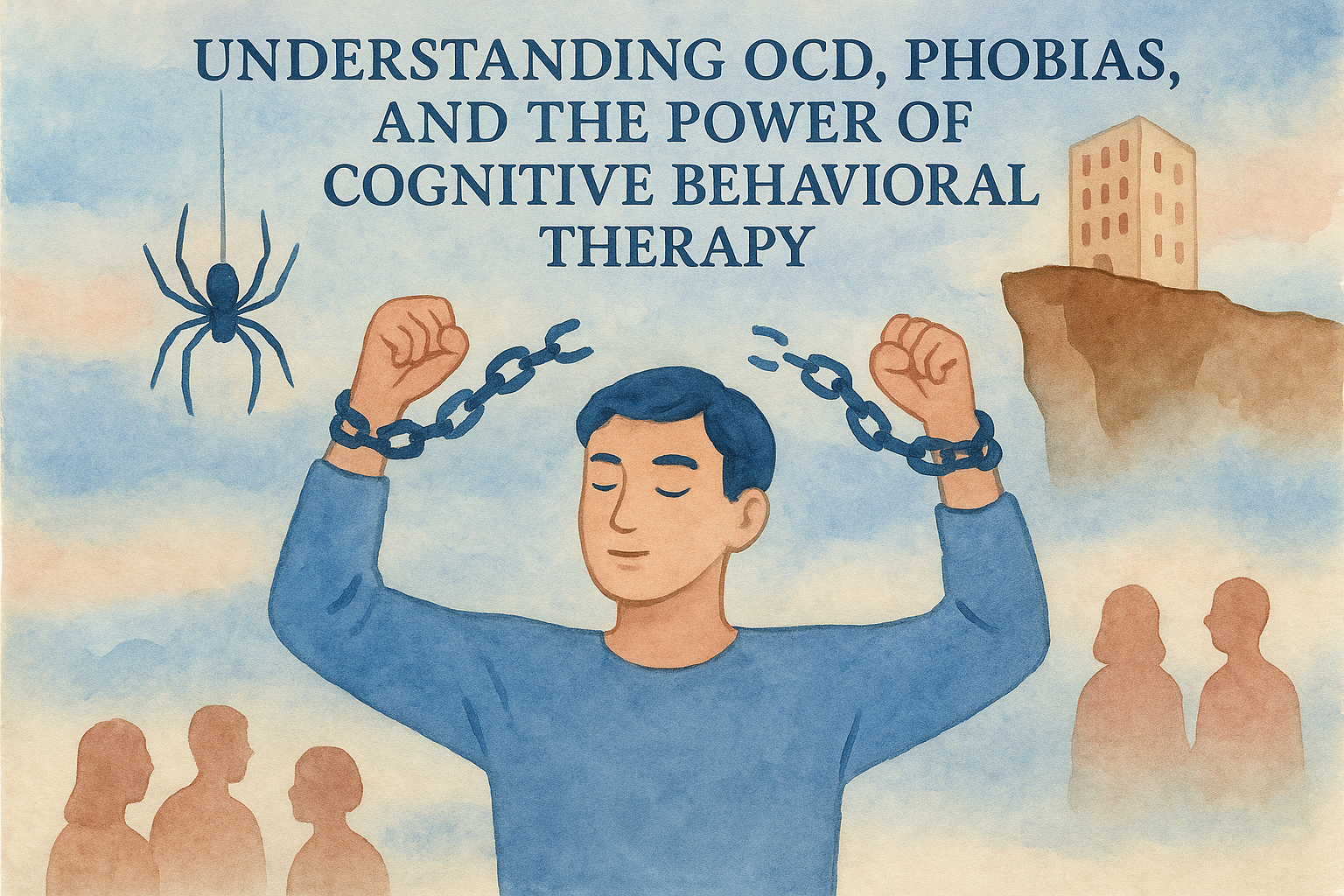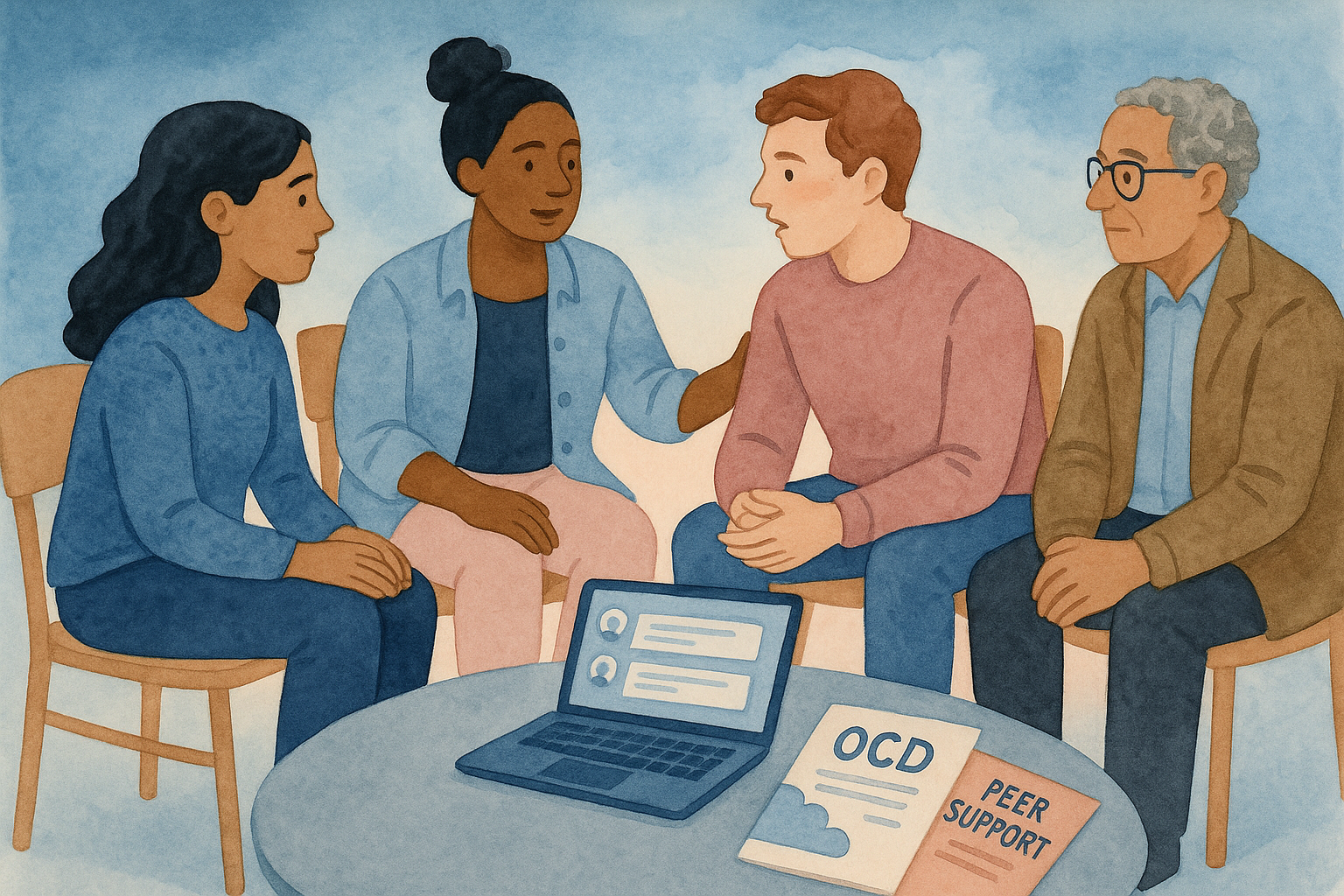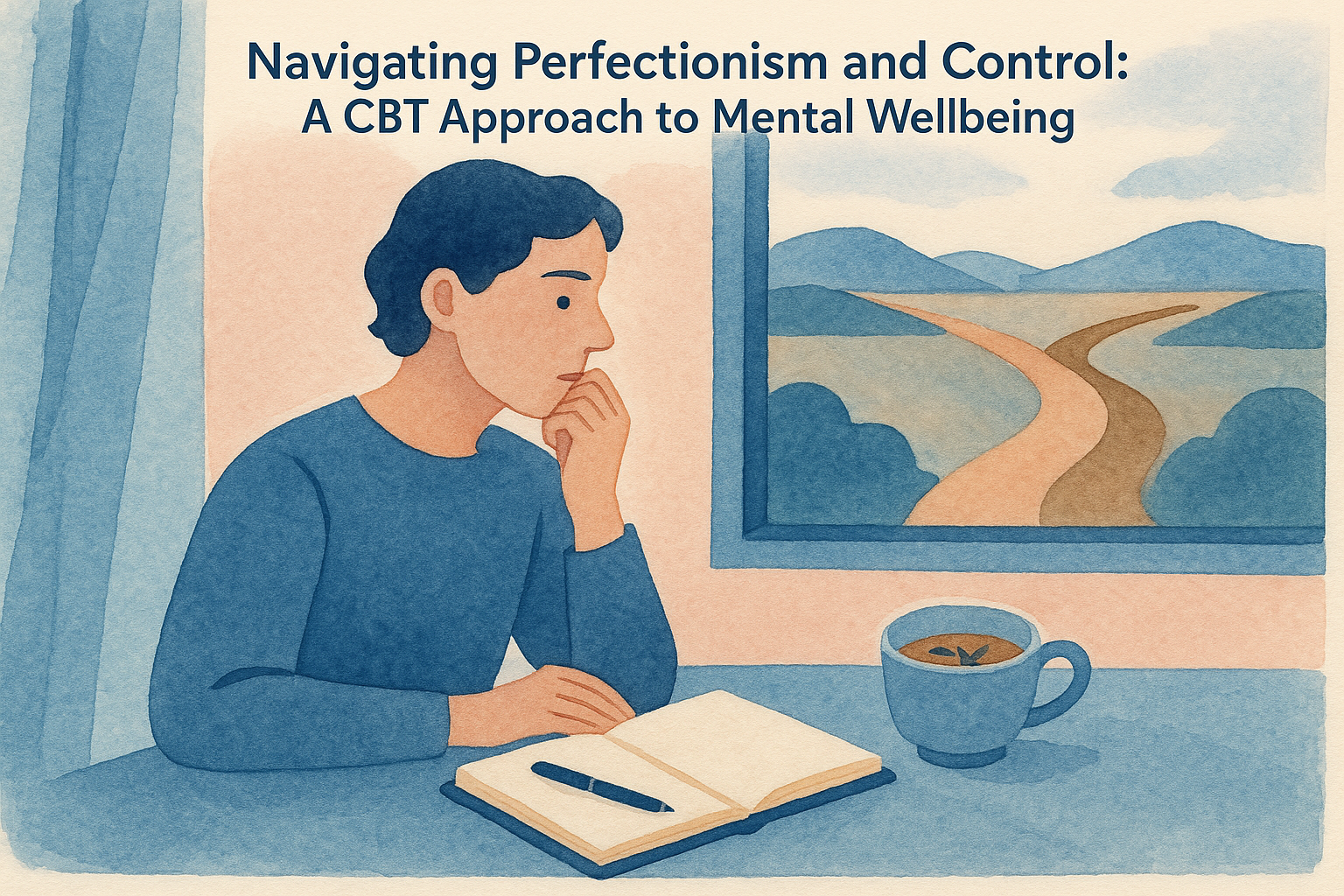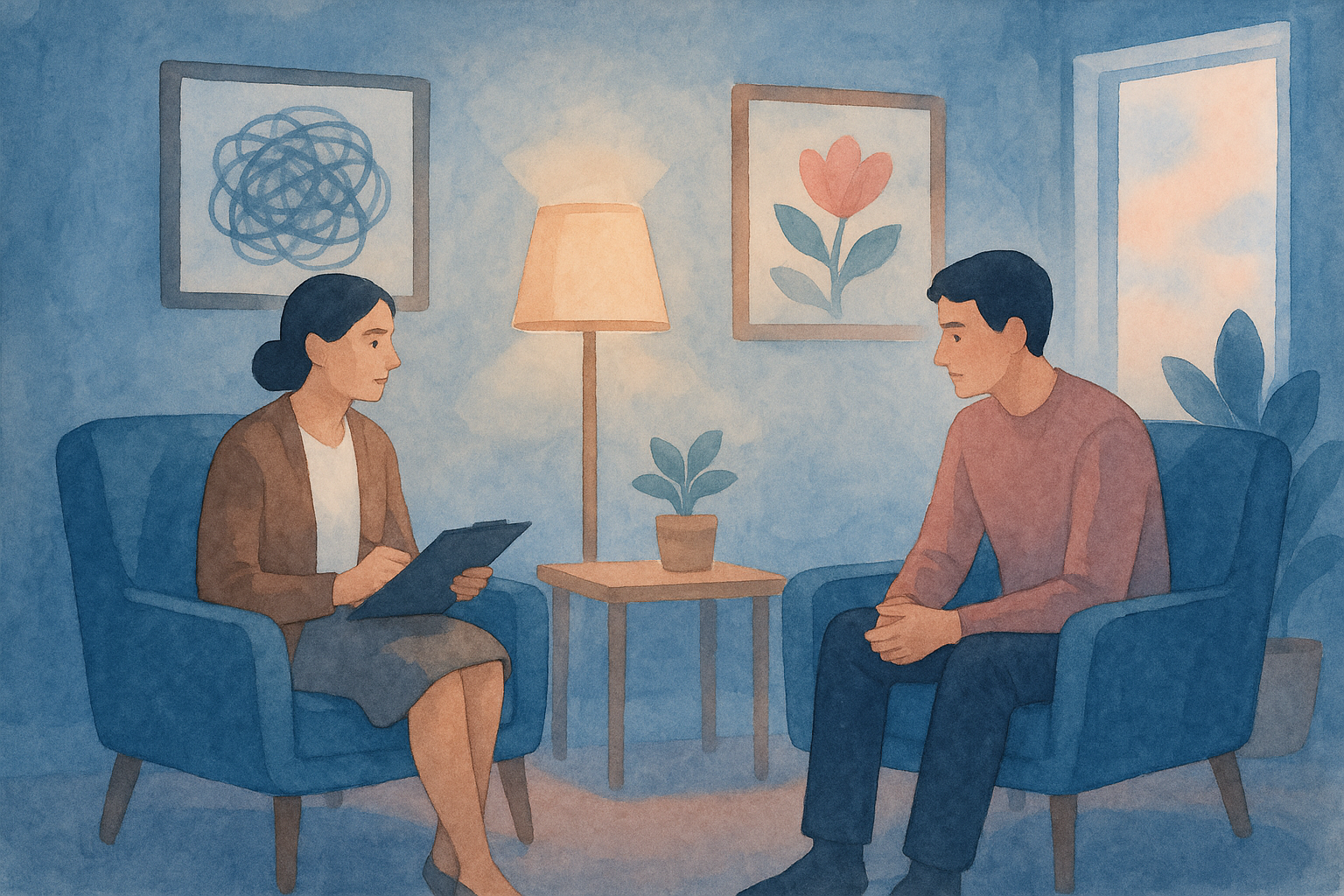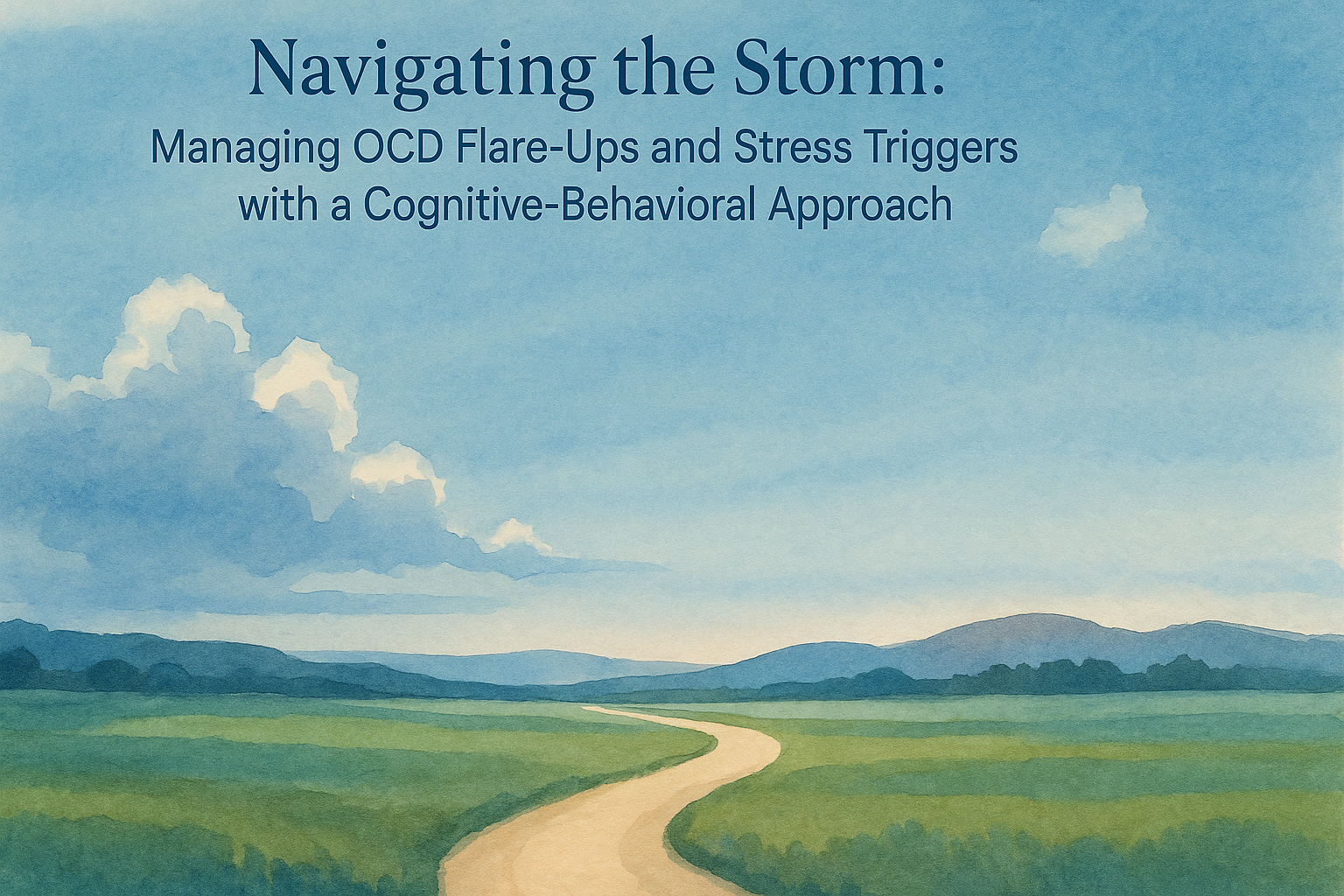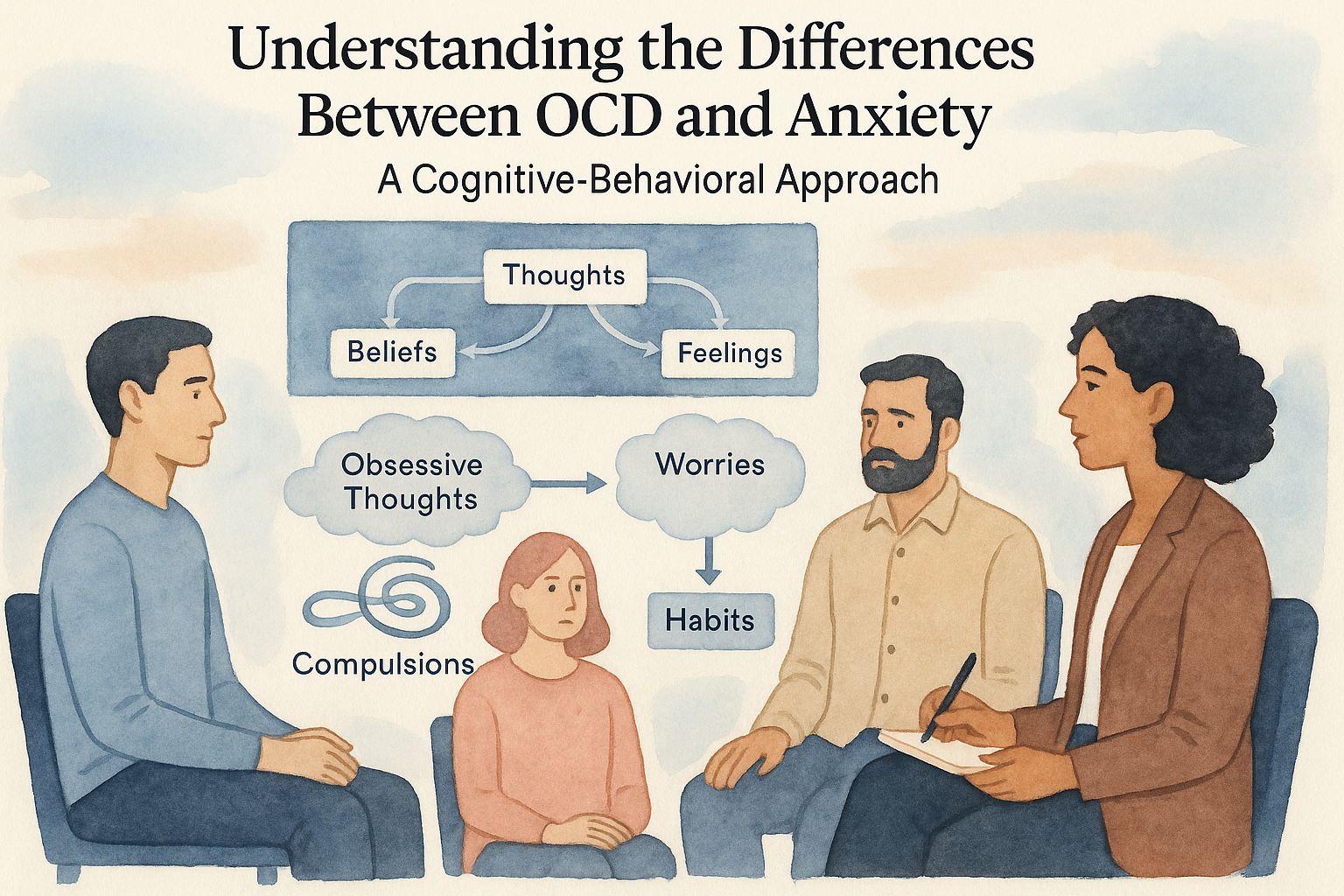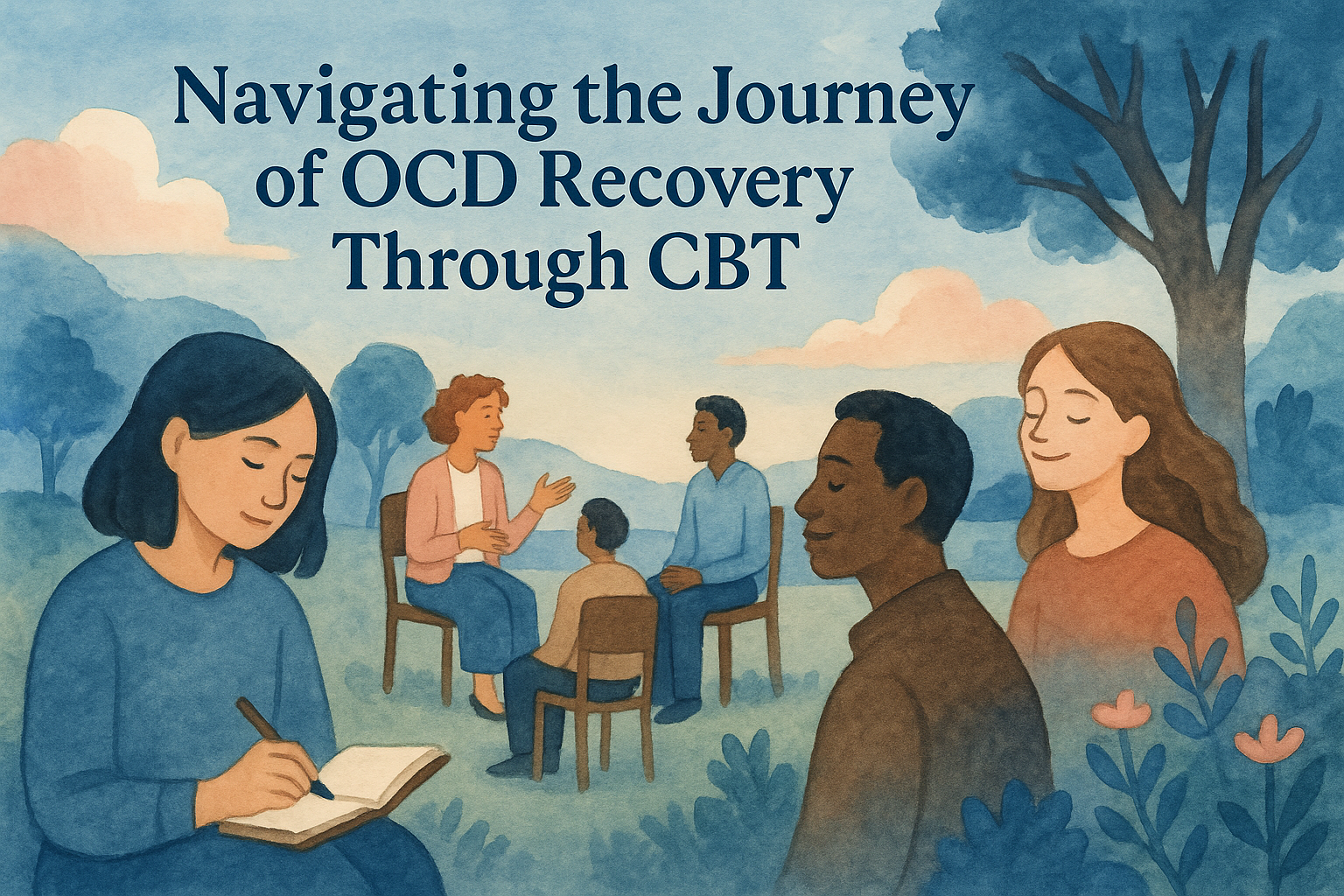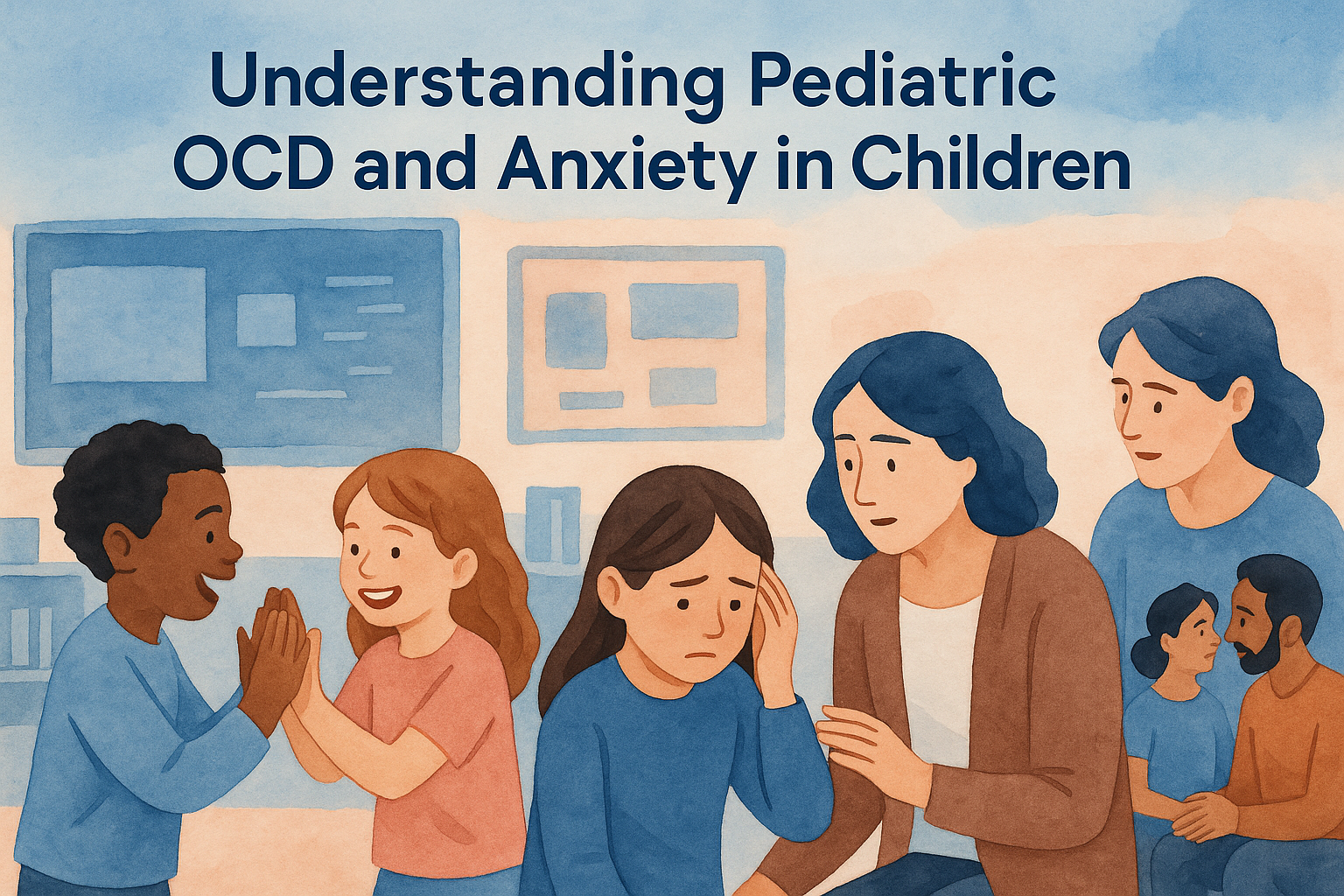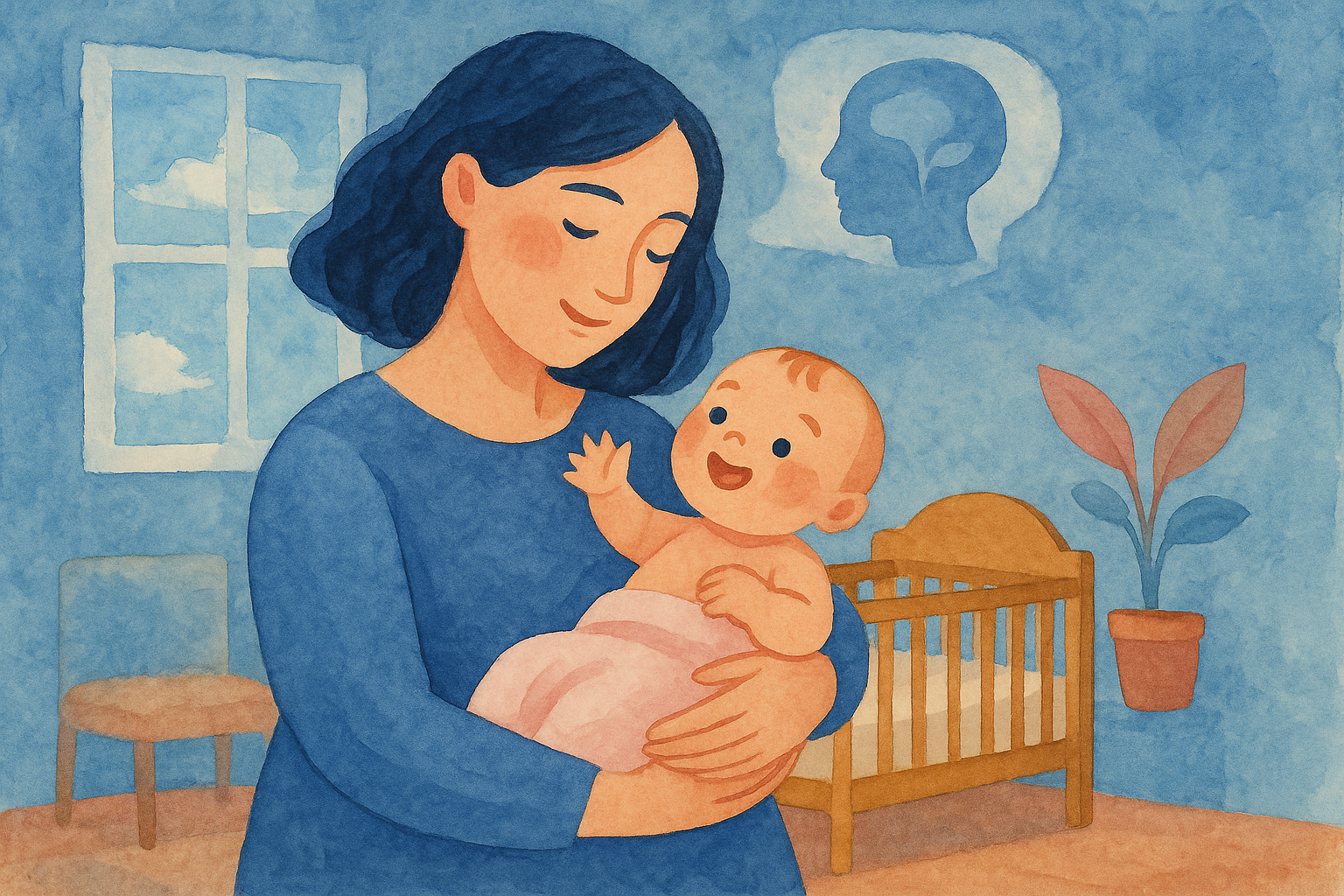This article delves into the intricate relationship between Obsessive-Compulsive Disorder (OCD) and various phobias, exploring how cognitive distortions affect our emotions and behaviors. We will focus on the role of Cognitive Behavioral Therapy (CBT) in restructuring negative beliefs, fostering resilience, and enhancing mental well-being through practical strategies and relatable examples.
The Nature of Phobias and OCD
Phobias manifest as an excessive, irrational fear of specific objects or situations, often leading individuals to avoid encounters with the source of their anxiety at all costs. The irrational nature of these fears can be quite stark; for example, someone with a fear of spiders, or arachnophobia, may experience severe anxiety even when confronted with images of spiders or even the mere thought of encountering one, despite the fact that most spiders pose no real threat to them. This exaggerated response can result in heightened physical symptoms, such as sweating, increased heart rate, or even panic attacks, underscoring the overwhelming influence fear can exert over daily life.
Obsessive-Compulsive Disorder (OCD) takes the concept of fear to another level, intertwining it with compulsive behaviors that are often performed in an attempt to alleviate the anxiety generated by irrational obsessions. Individuals with OCD may contend with intrusive thoughts about contamination, harm coming to loved ones, or the need for things to be arranged in a specific order. These obsessions drive them to engage in compulsive rituals, such as excessive handwashing to ward off germs or checking locks repeatedly, with the belief that these behaviors will prevent a feared outcome. Symptoms of OCD are largely characterized by relentless cycles of obsessions and compulsions, leading to significant disruption in daily functioning.
To better differentiate fear, anxiety, and phobias, it’s helpful to consider their manifestations in real life. Fear is a natural response to an immediate threat; for example, encountering an aggressive dog on a walk may elicit a fear response that prompts a person to safely cross the street. Anxiety, on the other hand, can be more pervasive and generalized, often characterized by persistent worries about future events or outcomes, such as the anxiety surrounding an upcoming job interview. Phobias, however, elevate these feelings to an extreme degree where the mere thought or sight of the phobic stimulus can provoke significant distress, often leading to avoidance behaviors.
Animal phobias can encapsulate this distinction vividly. A person with a severe fear of dogs might avoid parks or other places where dogs are common, leading to social isolation. While someone may feel anxious upon seeing a dog approaching, the individual with a phobia would likely experience an overwhelming urge to escape the situation, perhaps even changing their daily routes or missing social gatherings altogether to avoid this fear-inducing scenario.
The interplay between these fears and daily living is intricate and often debilitating. An individual suffering from a phobia may find themselves not only avoiding the feared object itself, like dogs in the aforementioned example, but also avoiding contexts or activities where they might encounter the fear, limiting their experiences and contacts in broader social settings. This avoidance can foster a cycle of exacerbated fear and anxiety, trapping individuals in a self-reinforcing loop that can lead to feelings of loneliness and frustration, further complicating their mental health landscape. Understanding these characteristics of phobias and OCD is crucial in moving forward with effective therapeutic strategies to address and ultimately transcend these challenges.
Understanding Avoidance and Its Impacts
Avoidance behaviors are commonly observed in individuals grappling with fears and phobias, serving as an immediate coping mechanism that ultimately can undermine long-term well-being. When faced with a feared situation or object, such as spiders (a common animal phobia), a person might choose to remain indoors, avoiding any encounters with these creatures. While this behavior provides temporary relief from anxiety, it reinforces the phobia, perpetuating a cycle of avoidance that can lead to more significant issues over time.
As avoidance behaviors become habitual, they often extend beyond specific phobias to broader aspects of life. Social isolation is one such strategy that individuals may employ, particularly if their phobias involve social situations or performance anxiety. For example, an individual with social phobia might decline invitations to gatherings, believing that their anxiety will be overwhelming in social settings. Initially, this decision feels justified—protecting them from anticipated discomfort. However, the continued isolation can lead to feelings of loneliness and depression, further exacerbating their anxiety and reducing their overall quality of life.
Additionally, individuals may resort to maladaptive behaviors as avoidance strategies. These can manifest in compulsive habits, such as excessive cleaning for someone with contamination fears. Each cleaning ritual might temporarily alleviate their anxiety about germs, but it can become increasingly time-consuming and interfere with daily functioning. The reinforcement of such behaviors erodes the individual’s ability to engage fully in life, often resulting in decreased self-esteem and loss of independence.
In a real-life scenario, consider a college student with a fear of public speaking. This student might opt for online classes or absent themselves from group presentations. While this avoids the immediate threat of facing their fear, it also limits their educational opportunities and hinders skill development, creating a ripple effect that can influence future career prospects. The longer they avoid such situations, the more entrenched their fear becomes, resulting in a profound impact on their personal growth and social interactions.
The psychological impact of avoidance can be devastating. As fears become more entrenched, the avoidance behaviors can snowball, leading individuals to shape their lives around their phobias. This constriction can create a fragile existence, where normal activities and encounters are avoided, leading to increased anxiety when attempting to confront these situations. Ultimately, permanent avoidance often leads to a deterioration in mental health, as individuals miss out on experiences that reassure them of their capabilities and the world around them.
Addressing these avoidance patterns is crucial. Engaging in gradually confronting fears rather than evading them fosters resilience and helps dismantle the power of phobias. Although the process of breaking away from avoidance can be challenging, it is essential for restoring a sense of agency and improving overall mental health and well-being.
Cognitive Behavioral Therapy as a Pathway to Wellness
Cognitive Behavioral Therapy (CBT) is a well-established psychological treatment that has proven effective for individuals struggling with Obsessive-Compulsive Disorder (OCD) and various phobias. At its core, CBT focuses on the interplay between thoughts, feelings, and behaviors, aiming to reframe negative thinking patterns that often exacerbate psychological distress. This therapeutic approach empowers individuals to challenge irrational beliefs and modify their responses to anxiety-provoking situations.
One key technique within CBT is cognitive restructuring, which involves identifying distorted thoughts that fuel fear and anxiety. For example, a person with social phobia may believe that they will embarrass themselves in social situations. Through CBT, therapists guide patients to critically examine this belief: Is it based on evidence? What has past experience shown? By dismantling these irrational thoughts, individuals learn to replace them with more constructive and realistic thinking, thereby reducing anxiety related to social interactions.
Another significant component of CBT is exposure therapy, a method particularly effective for phobias and OCD. This technique revolves around gradual exposure to feared stimuli in a controlled and systematic way. For instance, someone with an animal phobia might start by looking at pictures of the feared animal, progressing over time to watching videos, then observing the animal from a safe distance, and eventually, if possible, interacting with the animal directly. This step-by-step exposure allows individuals to learn that their fears are often exaggerated and that they can tolerate the associated anxiety, leading to a reduction in overall fear response.
In cases of OCD, CBT specifically targets compulsive behaviors through exposure and response prevention (ERP). Patients are encouraged to confront the thoughts that trigger their compulsions and resist the urge to engage in the compulsive behaviors. For example, a person who compulsively cleans due to fears of contamination might be encouraged to touch a doorknob without immediately sanitizing their hands. Over time, they learn to manage their anxiety without resorting to compulsive actions, ultimately weakening the hold that OCD has over them.
CBT also employs mindfulness techniques, which help individuals cultivate a non-judgmental awareness of their thoughts and feelings. This practice can reduce the intensity of fear by fostering an acceptance of uncomfortable sensations rather than an aversion to them. For instance, during therapy, patients may practice being present with their anxiety during exposures, noting that while feelings of discomfort may arise, they are temporary and manageable.
By shifting the focus from avoidance to acceptance, CBT provides individuals with the tools necessary to face their fears directly and adaptively. This newfound perspective not only diminishes the power that OCD and phobias hold over their lives, but it also promotes healthier emotional responses and behaviors. As individuals become more skilled at managing their anxieties, they often find their quality of life improves significantly, enabling them to engage more fully in their daily activities and relationships. Thus, CBT serves as a powerful pathway to wellness, offering hope and healing for those entangled in the web of fear and avoidance.
Conclusions
In conclusion, recognizing and understanding the beliefs underlying OCD and phobias is essential for effective treatment. Through Cognitive Behavioral Therapy, individuals can learn to challenge maladaptive thoughts, leading to healthier emotional responses and improved mental health. Embracing this empathetic approach offers a pathway towards resilience and a life less affected by fear.
